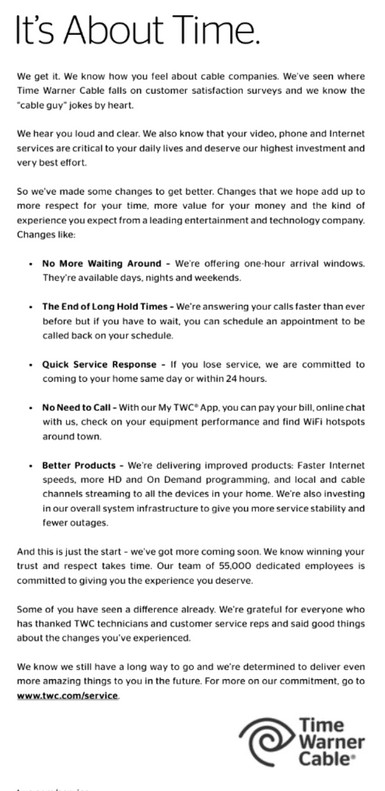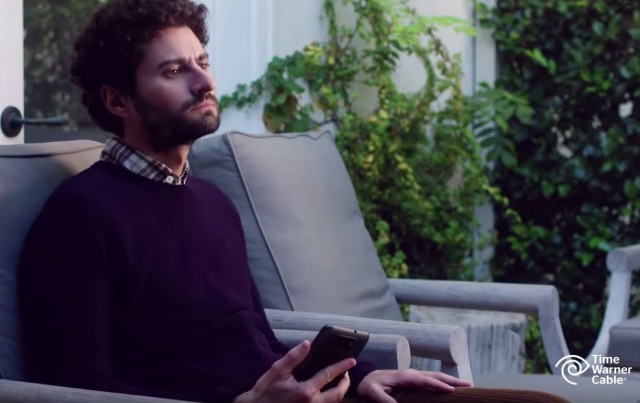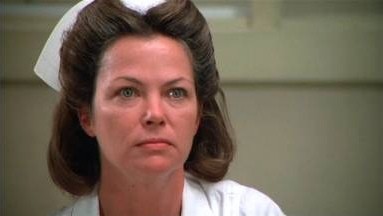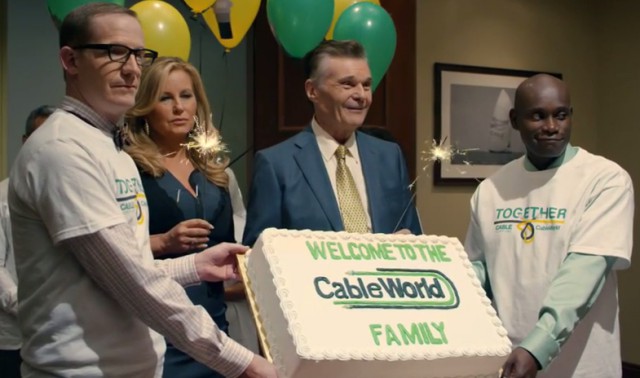
These old CRT monitors probably sitting in your garage or basement are still worth something after all.
If you purchased a boat-anchor-weight CRT monitor for your personal computer or a television set between March 1, 1995 and November 25, 2007, you may be owed a significant settlement from the $576 million dollar fund various manufacturers have set aside to pay class action damage claims.
The settlements, to be divided by consumers and businesses who overpaid for a TV or computer monitor as a result of alleged price-fixing, is likely to result in many households qualified to receive a check for $100 or more, even after the lawyers get their share. For now, only residents in certain states are qualified for settlement payments, but additional lawsuits are moving forward, so if your state isn’t qualified now, it might be later.
You have until December 7, 2015 to file your claim online or by mail for this settlement round. It takes only a few minutes to complete the form.
Individuals and businesses qualify for money from this settlement if they purchased a CRT or product containing a CRT, such as a TV or computer monitor, in the following states for their own use and not resale. You do not have to live in these states to qualify, if you purchased your television or monitor from a retailer (online/brick and mortar) with a presence in these states:
- Arizona, California, Florida, Iowa, Kansas, Maine, Michigan, Minnesota, Mississippi, New Mexico, New York, North Carolina, North Dakota, South Dakota, Tennessee, Vermont, West Virginia, Wisconsin or the District of Columbia between March 1, 1995 and November 25, 2007
- Hawaii between June 25, 2002 and November 25, 2007
- Nebraska between July 20, 2002 and November 25, 2007
- Nevada between February 4, 1999 and November 25, 2007
 The huge class action case has been in the works for years and alleges that defendants and co-conspirators conspired to raise and fix prices for CRT monitors (the ones you probably used before you bought your first flat panel LCD monitor). The alleged scam ran for more than a decade and several manufacturers have agreed to settle to make the case go away without admitting guilt.
The huge class action case has been in the works for years and alleges that defendants and co-conspirators conspired to raise and fix prices for CRT monitors (the ones you probably used before you bought your first flat panel LCD monitor). The alleged scam ran for more than a decade and several manufacturers have agreed to settle to make the case go away without admitting guilt.
The collective law firms involved in the case have asked for no more than one-third of the settlement, a reasonable amount in light of many other class action cases that leave consumers with nothing more than a low value coupon or “spare change” reimbursement checks. Because the alleged price-fixing lasted over a decade, many households will be able to claim settlement reimbursement for multiple televisions and computer monitors.
CPT, Philips, Panasonic, LG, Toshiba, Hitachi, Samsung SDI, and Thomson/TDA have agreed to settlements, and these manufacturers made the cathode ray tubes for several third-party brands. The largest manufacturer not a part of this lawsuit is Sony, and those monitors and televisions are excluded from this settlement.
Because these purchases occurred so long ago, you are not expected to have the receipt, the computer monitor, or television still in your possession. Any reasonable claim will be accepted without documentation. If your home or business is claiming what we estimate to be more than a combined five televisions and computer monitors, it will probably be audited and some form of reasonable documentation (picture, receipt, owner’s manual, credit card statement, etc.) will be required to prove your claim.
Here are the television and computer monitor brands involved in this round of settlements:
Chunghwa, LG, Philips, Panasonic, Hitachi, Toshiba, Samsung, Thomson and TDA.
Updated 7:00pm EDT — This article was considerably rewritten shortly after publication because it initially addressed a different settlement affecting “direct purchasers” who bought monitors direct from manufacturers. The updated details seen above reflect a settlement involving “indirect purchasers,” defined as those who bought monitors from a third-party retailer, such as Best Buy, Amazon.com, your local computer store, etc. The “indirect purchasers” settlement will reach a larger number of consumers and businesses who read Stop the Cap!, so we updated the article. If you already filed a claim using the original link seen in the earlier article, you will need to re-file using the corrected links seen above. The worst that can happen is the settlement administrator will request a clarification. It will not affect your eligibility. We apologize for any confusion this caused.
[flv]http://www.phillipdampier.com/video/Cathode Ray Tube CRT Indirect Purchaser Class Action.mp4[/flv]
Learn more about the CRT Settlement Fund and how you can collect a substantial settlement for your old computer monitor or television set. (37 seconds)


 Subscribe
Subscribe
 The Consumerist writes AT&T is proving the importance of robust broadband competition. Communities that have it pay less and get quicker upgrades for faster Internet speeds. Those without pay AT&T a premium or are long way down on the upgrade list.
The Consumerist writes AT&T is proving the importance of robust broadband competition. Communities that have it pay less and get quicker upgrades for faster Internet speeds. Those without pay AT&T a premium or are long way down on the upgrade list.


 TWC’s TechTracker is going nationwide by the end of this year and promises to let you manage appointment reminders from the app and display a photo of the technician en route. That could be useful to show the authorities if the tech goes missing.
TWC’s TechTracker is going nationwide by the end of this year and promises to let you manage appointment reminders from the app and display a photo of the technician en route. That could be useful to show the authorities if the tech goes missing.
